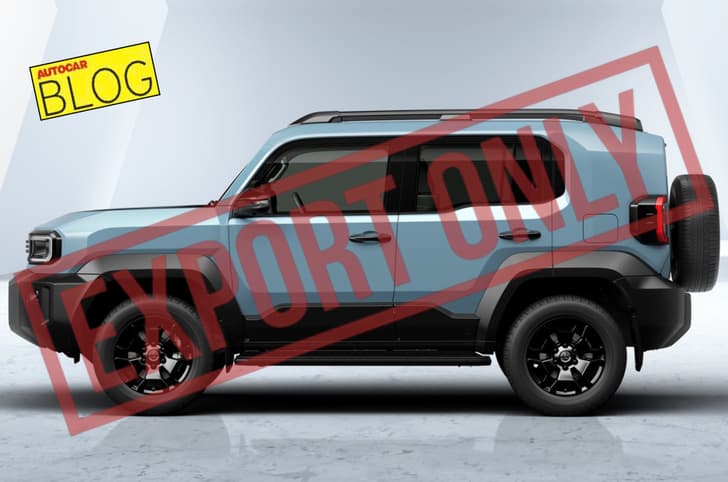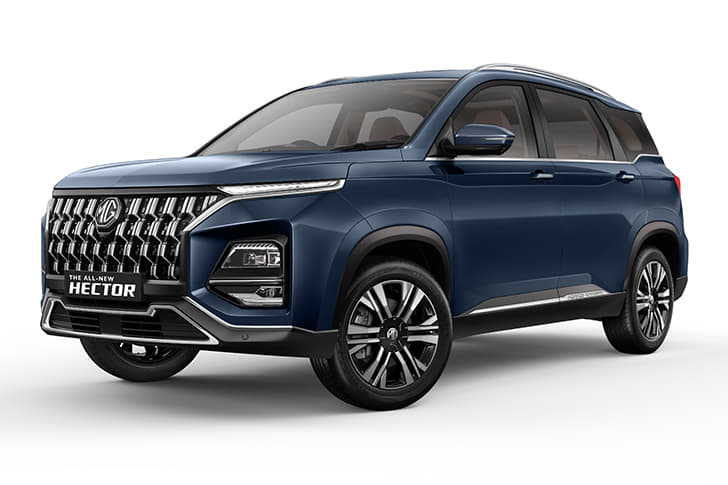Few motorcycling memories standout more than my first experience of the fierce bite from a Kawasaki ZX-12R in the early 2000s. Almost, if not the fastest motorcycle in the world at the time, the big, fire-breathing over-160hp Kawasaki recalibrated my definition of power and speed. Fuel injection and the resultant instant throttle response, were still novel back then, so I was amazed, when first opening gas entering the powerband at about 160kph in second gear. The Kawasaki put down savage wheelspin, then lightened its front to decimate a familiar 2km road stretch, requiring just one quick upshift and no more than a few blurry, adrenaline-enriched seconds.
Yet another day, back a further few years in the late 90s, I recall encountering Honda’s ‘new’, state-of-the-art linked brakes on a VFR 800, that automatically added rear brake force to supplement front brake application. Braking hard from about 160kph, only applying front brake and gearbox, I was amazed to fight rear-wheel lock on the VFR, as weight bias had shifted almost entirely to the front tyre. The rear-brake intervention from the early system, to my surprise unsettled the bike and added workload. No help this, and I was far from convinced about riding aids to say the least.
Things thankfully progressed in the biking world however, and how. Electronic riding aids have evolved at rapid pace, infringing less on riding pleasure, and unquestionably helping to enhance individual limits and capabilities. Be it for a budding novice, appreciating the life-saving stability of new-age ABS and linked brakes, or advanced riders, gaining time at the race track thanks to traction control, ride-by-wire fuel-injection, clutch-less quickshifts, riding modes, even real-time suspension management and still more.
It’s involved a whole new learning for old-generation bikers, who’ve progressed from no electronics to complete electronics. Many may cringe when told the fastest way round their favourite race track is today to simply pin open throttle at apex exit, and clamp mightily on brake levers at each braking zone. This was unthinkable, and flies in the face of how the old school rode, to stay fast.
It’s however, key to be mentally prepared and move with the times, keeping pace with technology for there’s no question modern electronic aids have come of age, and do help, massively. I was recently reminded of this astride an Aprilia RSV4 RF at the Marco Simoncelli World Circuit, Misano. We’re now talking cutting-edge electronics, a whole new dimension which takes more time to learn before getting on the bike, than actually riding the bike, which remains based on unchanged basic principles.
The 200hp RSV4 RF comes with three riding modes – ride-by-wire, 3-stage launch control, 3-stage wheelie control, 8-stage traction control – while at the other end, there’s 3-stage ABS braking, rear-wheel-lift protection, and believe it or not even a smartphone dock from where the Aprilia’s artificial intelligence taps into your location coordinates, allowing programs for leading race tracks of the world to tweak bike setup, real time, corner-to-corner. It happens seamlessly, without ever spoiling riding pleasure, and only minimal signs at the bike controls to let you know how much you’re helped, and how much speed the electronics aided, over your own inputs. Magical, for sure, even for the old school with a completely different hard wiring, but only if you’re willing to adapt, adjust and be flexible.
Do it, and you are sure to find yourself transcending through mental barriers, into today’s new, safer and faster bike era!





















